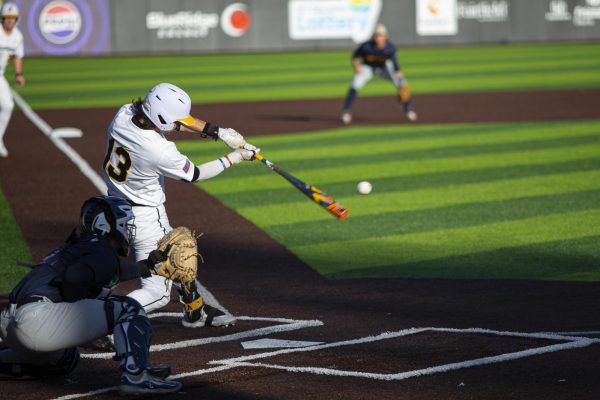On Wednesday, the Major League Baseball Hall of Fame class of 2017 was announced and longtime first baseman for the Houston Astros Jeff Bagwell, catcher Ivan “Pudge” Rodriguez, famous for his time with the Texas Rangers, and outfielder Tim Raines, who spent the majority of his career with the Montreal Expos, all received bids. Both Bagwell and Rodriguez have dealt with rumours of steroid use during much of their careers and post retirement. This announcement has lead to the first players to be allowed into the Hall with major allegations of steroid use.
One of the many angry with the results is former professional outfielder and heavy-hitter Jose Canseco. He was never caught, but openly admitted to using performance-enhancing drugs in 2005 in his book “Juiced.” Canseco also went on to specifically identify several teammates as fellow users, even going so far as to say he injected his teammates himself. Some of these include Mark McGwire, Rafael Palmeiro and Rodriguez.
On the night of the Hall of Fame class announcement, Canseco railed off several tweets demoralizing the voters as hypocrites and calling for them to “induct all that used PEDs or induct none.”
Other players who have been inducted have dealt with steroid questions, including famous Mets catcher Mike Piazza, inducted last year. This raises the question: Should players with steroid implications be allowed in the Hall of Fame? I say yes.
While fans and voters concern about Rodriguez and Bagwell’s use is understandable, they are not supported by any proven fact. In Rodriguez’s case, Canseco’s testimony about his use is very powerful. A good number of the players he mentioned were later found to have been or admitted to using steroids. Many people also question Bagwell because of the large amounts of muscle mass he put on during his tenure, which he attributes to eating vast quantities of raw protein and lifting weights.
However, allegations are not enough to convict. Even in our nation’s formal court system, one is innocent until proven guilty. If Rodriguez or Bagwell were to find themselves in a court of law with this amount of evidence against them, both would be acquitted.
Neither player has ever been caught using PEDs or failed a drug test. In several formal investigations into PEDs launched by Major League Baseball, neither player has ever been connected with steroids. Canseco’s testimony about Rodriguez, and people’s natural inclination to stigmatize, are the only reasons fans believe they cheated.
Proving someone used PEDs is very difficult as well, especially at the time that these men played. Many substances that are illegal in the game today were not in the early 2000s. Piazza and McGwire, as well as others, have admitted to using the drug androstenedione, which at the time was not only allowed by league rules, but was available over the counter at local drug stores.
While people have a right to be suspicious, we cannot let biases and theories tarnish our view of a great player’s career. Bagwell had over 2,300 hits, 488 doubles, 449 home runs and 1,529 runs-batted-in during his 15-year career. If we can assume he never took steroids, is it not extremely unfair to him to discredit his numbers?
Since the so-called “steroid era,” it is nearly impossible for players, especially big hitters, to have successful seasons without coming under fire for the possibility of using steroids. If we begin to disallow players into the Hall only for suspicion, especially suspicion after formal investigation, we start down a slippery road, a road that sees many successful players go through retirement without deserved recognition.
Brooks Maynard is a junior journalism major from Raleigh, North Carolina.











